Special Feature: Banished to the Inaka!
I live in a remote patch of Japanese countryside called Taka-cho. I’ll forgive you if you’ve never heard of it. Even the BOE has trouble remembering we exist out here, not even bothering to replace my predecessor’s name with mine in the prefectural English Dept. directory after two whole years! The town, to put it very mildly, is smaller than my hometown. Before I even arrived here, the news of my placement was already making waves at my future school. “A New Yorker?!†they thought. “This guy is going to lose his mind out here in the middle of the inaka! How is he going to cope?!†I know for a fact this is what they thought because they were unafraid to tell me so once it became apparent that I hadn’t lost my mind after my first few days here. “Phhh,†I responded. “This place is great! It’s spacious, there are gorgeous mountains everywhere, friendly townsfolk, amazing food… I’ll never get tired of it!â€
By the very first Saturday out here, I was so crazed with boredom that I biked to the nearest train station for over an hour in the prime of hellish Japanese summer, sweaty and miserable, just to get to a place that I could potentially allow myself to call “somewhere.†Because the inaka, in case you didn’t know, is “nowhere.†In fact, the Japanese term “inaka†actually means “land of crushing loneliness that will eat your soul.†It’s true, look it up.
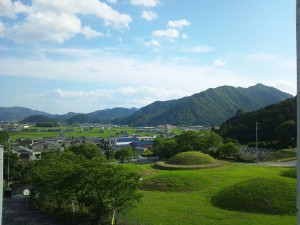 In all seriousness now, I love my placement. I love the school. The kids are wonderful. My coworkers are awesome. I love the town. It’s as cute as a Japanese bug’s ear, and believe me, that’s… mortifying, actually, terrible choice of simile there, but what I’m trying to say is it’s a lovely place. It’s just a boring place. If you have been designated as an inaka dweller, your city-placed counterparts will have nothing on you in terms of reasons to complain, and usually their complaints will go a lot like this: “Darn it all! There’s only seven karaoke places to choose from in this part of town!†Or: “I hate my life! My local mall only has three floors!†Or: “Woe is me! I have to travel 10 minutes by subway to get anywhere fun!†Are you crying yet? I am.
In all seriousness now, I love my placement. I love the school. The kids are wonderful. My coworkers are awesome. I love the town. It’s as cute as a Japanese bug’s ear, and believe me, that’s… mortifying, actually, terrible choice of simile there, but what I’m trying to say is it’s a lovely place. It’s just a boring place. If you have been designated as an inaka dweller, your city-placed counterparts will have nothing on you in terms of reasons to complain, and usually their complaints will go a lot like this: “Darn it all! There’s only seven karaoke places to choose from in this part of town!†Or: “I hate my life! My local mall only has three floors!†Or: “Woe is me! I have to travel 10 minutes by subway to get anywhere fun!†Are you crying yet? I am.
There are plenty of people who will dive headfirst into the Hyogo inaka, pre-packaged with the indomitable Japanese “ganbatte†spirit before they even boarded the plane, and really will never grow weary of the country life. There are a lot of you who have been placed in areas you think of as “inaka†but really have no idea how good you’ve got it (rule of thumb: if there is a McDonald’s in your town, you do not live in the inaka). Then there’s those of you who, like me, hail from lands of many, many more than one McDonald’s, who will have no idea what to expect and don’t know how they should feel about the whole placement-in-the-middle-of-nowhere thing. After two years of living out in the sticks, here’s the best advice and solace I can dispense to you:
Embrace the fact that you will be a living curiosity. This at least applies to those of you who are visibly Western (i.e. of non-Asian descent). Generally speaking, people in the Japanese inaka tend to be very kind, but foreigners out here tend to attract attention, for better or worse. Staring is fairly common, especially when you first arrive. This makes some people feel celebrated; others like they’re an animal in a free-range zoo. In either case, making a good impression on the townsfolk shouldn’t be hard to do. You can blow people’s minds out here by merely uttering a mispronounced “konnichiwa.†You are invested with a certain measure of power here, not only in influencing your students, but the entire community, in regard to how they see the world beyond Japan, because you may literally embody the only contact many of them will ever have with it. Positive gestures will go a very long way, and the worst that is likely to happen is that you will be blasted in the face with friendly rapid-fire Japanese by an eager local who is assuming that your ability to say anything in Japanese must mean that you’re fluent.
Don’t get a car if you can bike to your school or to the nearest train station. Needing to own a car in the inaka is, in my opinion, the single worst thing about it, especially if you are an American, South African, or Jamaican because you will be amongst the unlucky souls who will need to do hard time on the driving course at Akashi Driver’s Licensing Center next year if you choose to recontract. True, a car will provide heat in the winter and A/C in the summer while travelling, but mostly it will function as a financial black hole with wheels. I could seriously write an entire article on this topic alone, but to name only a few things that will tax your patience and your wallet: super narrow single-lane roads with deep rice paddies on either side (no railings); unbelievably low speed limits (40 km/hr on average); a complete absence of free parking (\500/day is as good as you are likely to find); overly cautious drivers that actually end up being more hazardous than safe; shakken (bi-yearly inspection), which is essentially legal robbery (inspections start at roughly \60,000 and are often even more expensive); and, let’s not forget, the absolute-zero alcohol tolerance policy (meaning if you’re found to have had so much as a single sip, you are going down hard – license revocation, social excommunication, getting fired from your school, and jail time are all potential consequences – plus, anyone else in the car at the time will be going down with you for not preventing your “bad decisionâ€).
There is a new Costco in Kobe, and it is the prefectural capital of Western foodstuffs. Unfortunately, if you’re making the assumption that all the Costcos in the world carry all the same products and brands, it turns out that that’s actually not true. But fear not, for despite its comparatively watered-down selection of Western brands, you’ll find a lot of stuff that you won’t find anywhere else out here. And rest assured: the vendors selling hot dogs and pizza have indeed remained intact, as has the bakery, which even cranks out holiday specialties like pumpkin pie – a genuine rarity in Japan. Since its opening last year, making the trip to Costco has quickly become the equivalent of a Mecca pilgrimage for comfort food-starved ALTs. Regarding its location in the north-western corner of Kobe-shi – a very long way out from the nearest train station – it stands as one of the few advantages to car ownership here. The car-less (and friends-with-cars-less) amongst us will assuredly have a harder time getting there, though there is alternatively another location in Amagasaki, which is better connected to public transportation, to which many an Osaka JET has brought along a rolling suitcase to more easily transport their haul.
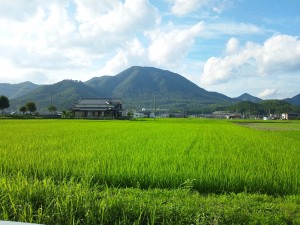 If nothing else, learn to read katakana. During the summer, you’re going to do a lot of desk warming. Maybe I should say desk cooling since you’re going to be monsooning sweat all over it every day. And in the inaka, there’s not exactly an endless variety of things to do in your free time, so unless you like pachinko and chain-smoking, why not do something useful and study Japanese? If you’re new to the language, katakana is where to start. Not only is it an essential part of the written language, but knowing katakana alone will function as a kind of extremely useful cheat-mode in many circumstances, since a great deal of terms written in katakana are derived directly from English. Granted, some of these words are a bit mangled in pronunciation (resulting in the infamous “katakana English†that will plague your classrooms in the future) like コーヒー (“kouhiiâ€; coffee) and テレビ (“terebiâ€; television), but once you’re used to the accent, you will automatically be endowed with the ability to recognize a fairly long list of Japanese vocabulary words simply because you speak English. This is one of the few instances of mercy the Japanese language will present over the course of your studies, so take advantage of it as early as possible.
If nothing else, learn to read katakana. During the summer, you’re going to do a lot of desk warming. Maybe I should say desk cooling since you’re going to be monsooning sweat all over it every day. And in the inaka, there’s not exactly an endless variety of things to do in your free time, so unless you like pachinko and chain-smoking, why not do something useful and study Japanese? If you’re new to the language, katakana is where to start. Not only is it an essential part of the written language, but knowing katakana alone will function as a kind of extremely useful cheat-mode in many circumstances, since a great deal of terms written in katakana are derived directly from English. Granted, some of these words are a bit mangled in pronunciation (resulting in the infamous “katakana English†that will plague your classrooms in the future) like コーヒー (“kouhiiâ€; coffee) and テレビ (“terebiâ€; television), but once you’re used to the accent, you will automatically be endowed with the ability to recognize a fairly long list of Japanese vocabulary words simply because you speak English. This is one of the few instances of mercy the Japanese language will present over the course of your studies, so take advantage of it as early as possible.
Japan Railways is trying to troll you, but you can get around it. Never mind the inexplicable two-tickets-per-one-way-trip requirement on the shinkansen. Never mind the fact that they have dumped out-of-service trains throughout the inaka to tease the locals. You may well depend on one of JR’s billion and fifteen stations – which are indeed everywhere in Japan, except perhaps for where you live – as the nearest emergency exit that can get you on the way to the closest major city. Lots of times, these emergency exits will be little more than unmanned shacks set up next to train tracks. Don’t worry about the lack of ticket machines – the trains that frequent these stations usually have little slip dispensers by the doors that mark your point of origin; just bring the slip to the staff at the counter of your destination station to settle your fare. That said, since many of you will be living pretty far from more populous places, you may have to travel a long way on a JR train to get to that destination, after having already embarked on an epic quest to get to the nearest JR station. Because of the distance, you may have to make one or more transfer trains en route. A little-known secret that even the most inaka-softened veteran ALTs don’t usually know: on long journeys, it will often cost less to purchase individual tickets – one for each trip between transfer stations – than it would to purchase a single ticket for the whole trip. Granted, this would require enough time to exit each transfer station, purchase a new ticket, and then reenter, but if you’ve got a few minutes between trains, this is the way to go. Use this extremely handy site to check train times: www.hyperdia.com
Perhaps some of you are thinking your placement in the countryside is something of a raw deal. Admittedly, I still do envy my friends in the cities, but it should be noted just how much they envy me. We inaka dwellers, in contrast to our urban counterparts, are given the opportunity to acquire a far more comprehensive experience and a much wider perspective in our time in Japan. The urban experience in this country is, frankly, largely the same wherever you go, just with varying degrees of population/structural density and shifting preferences for udon vs. soba, soy sauce broth vs. light broth, this type of okonomiyaki vs. that one, etc. Furthermore, urban life happens to be the well-beaten path of Japan, and if you are placed in the cities, you will be living out a well-beaten lifestyle. There isn’t much urban ground that countless other foreigners have not already trodden. The inaka, however, is ripe with chances for discovery. The immense spirit of community out here is something that you will not find anywhere else, and involving yourself in that community will grant you the privilege of seeing a side of Japan that most foreigners never get the chance to encounter. I have done many incredible things out here that I would have never been able to do had I been given the city placement I originally requested. I have performed on guitar in a bamboo forest shrine for a village festival. I have been introduced to a new class of students, not by way of the classroom but by tackling the region’s highest mountain together with them on a teamwork hike. I have had incomparably sensational tempura using vegetables that were picked less than a minute before being eaten. I have struck an enormous bell at a temple on New Year’s Eve and heard the ring echo through the valley. I have been invited over for dinner and drinks at great curved-roofed Japanese homes, fitted with marvelous Japanese gardens, kept by the warmest of Japanese families. These are the kinds of experiences that await you here. To be sure, the inaka may not have as much on offer as the city, but no city in Japan offers anything that can truly replicate the inaka’s charm.
Adam Nelson
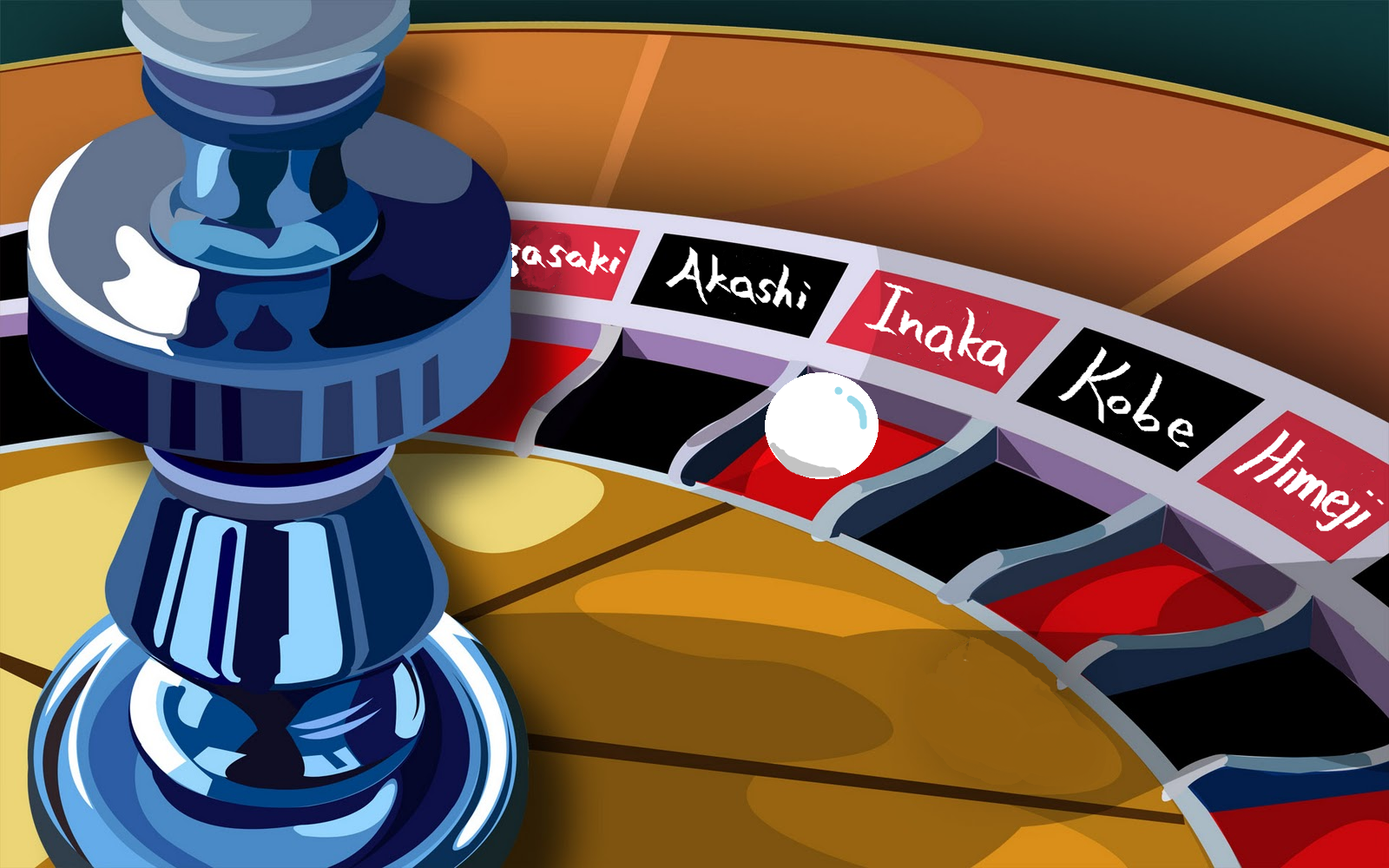




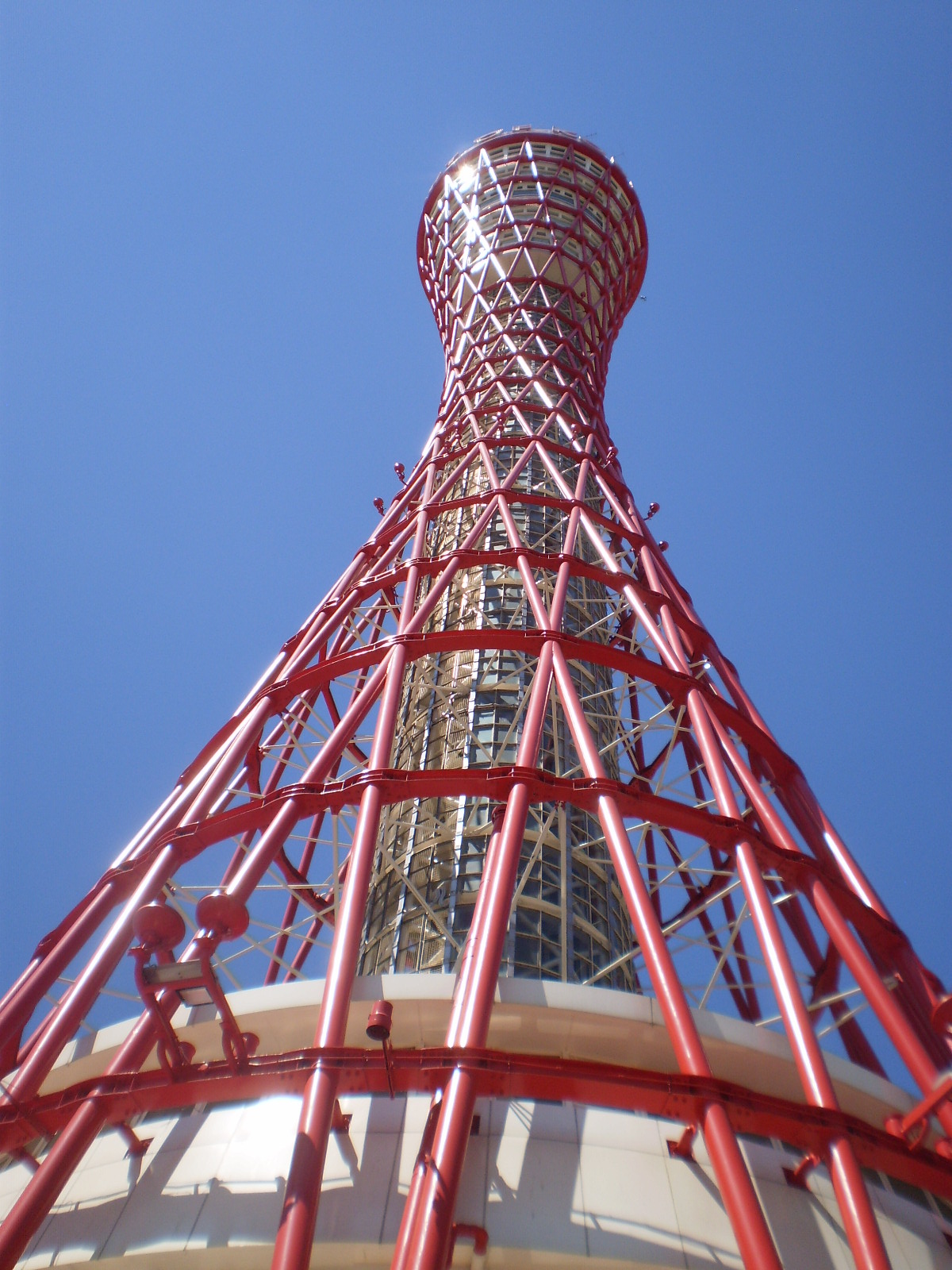
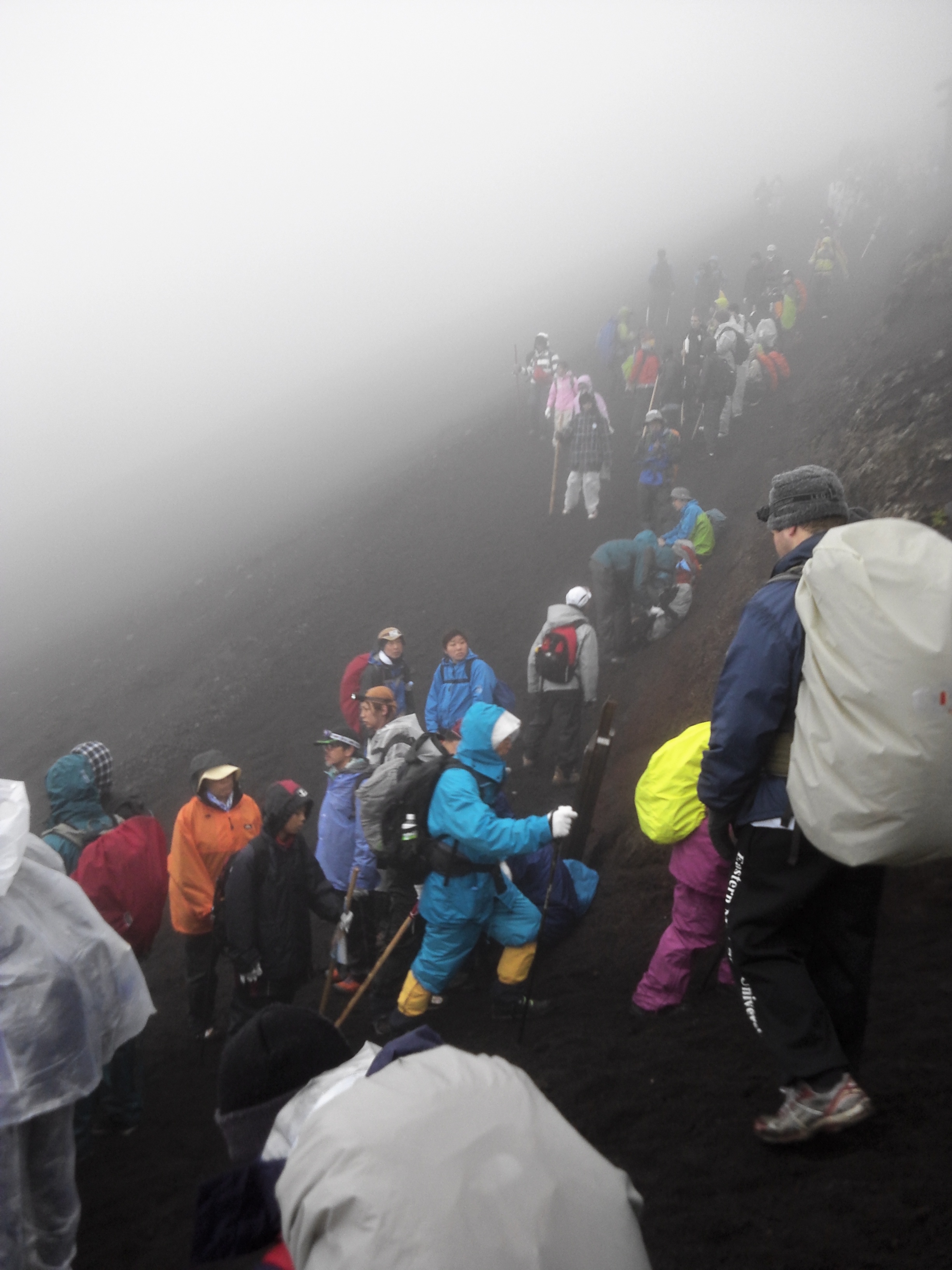
Hi, I happened to find this web while I was searching how JET memebers experience Japan. I have had many friends who had done JET, but this article offers me more insight into inaka life. I agree that people are generally nice in inaka, and some are friendly to you. On the other hand, I wonder to what extent it is easy for JET members to expand their social network in inaka. Urban cities offers more social and cultural events; it is easy to meet some random people to reach local communities. I wonder what you think about this aspect. Thanks for reporting your life in Hyogo. I enjoyed reading your article.
Hey there, thanks very much for reading! Rest assured, being on JET, you will have opportunities to connect with your nearest fellow JETs, whether through mandatory workshops, prefectural conferences, or other meetings as required by your individual board of education (contracting organization). In Hyogo at least, there are usually clusters of JETs in each placement town, so you’re not likely to be the only one there, though you may not all live in the same neighborhood. There are often various local community events that you can find your way to, and it would be wise to ask your predecessor or other teachers at school about that kind of thing. You are right though, urban areas will inevitably be host to a greater number of social events, and I would certainly recommend making it out to the cities for this purpose as often as it suits you — I myself get out to Osaka nearly every weekend, despite the long travel time involved, and many inaka JETs have similar habits. Take care!
Thanks for this article! I’m a city JET so it’s interesting for me to hear about how the other half lives.
I have one comment though:
The Costco in Kobe is actually not far from public transportation. Anyone on the JR Kobe line can hop off at Maiko or Tarumi and take a bus headed to Gakuentoshi station, and get off at the second to last stop (Kozukayama Rokuchome). Alternatively, anyone coming into Sannomiya can take the Kobe subway to Gakuentoshi and then take any bus to Tarumi or Maiko and get off at the first stop (Kozukayama Rokuchome). You can see Costco from the stop.
It’s possible to walk to the Costco from Gakuentoshi station too, just takes a bit longer. :)